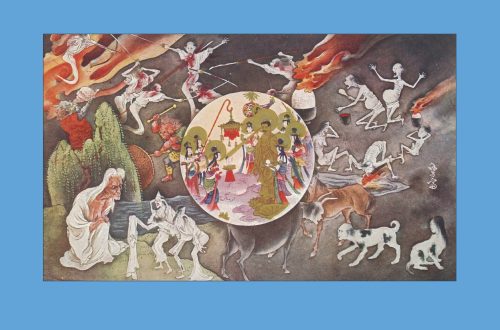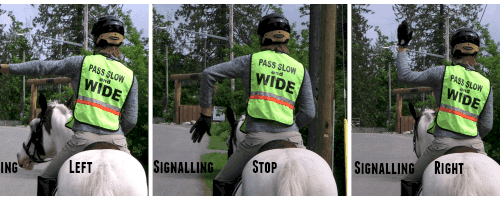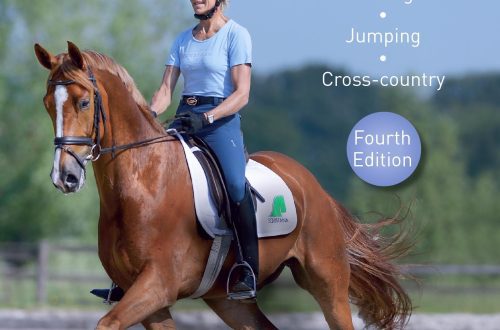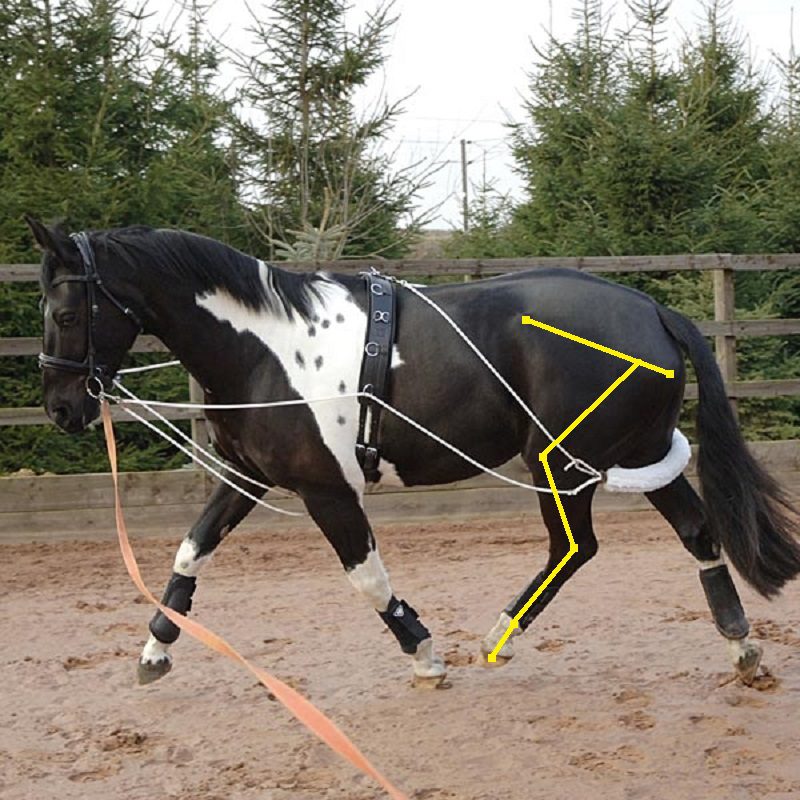
Analyzing: lunging (trot) and improving the horse’s topline
Analyzing: lunging (trot) and improving the horse’s topline
Lunging is a great way to improve your horse’s topline. Without the burden of the rider’s weight, the horse can easily find a rhythmic, relaxed and balanced way of moving. The circle naturally encourages a deeper, center-of-gravity step with the inside hind leg, causing a cyclic action of the ring of muscles. But the effectiveness of the cord work, of course, also depends on the skills of the cord worker who works with the horse. Allowing a horse to run around with a reversed posture, nape tucked in, shoulder or hindquarters dropped out is a wasteful and often detrimental exercise. The figure below shows the work of the cord, which is trying to influence the horse correctly.
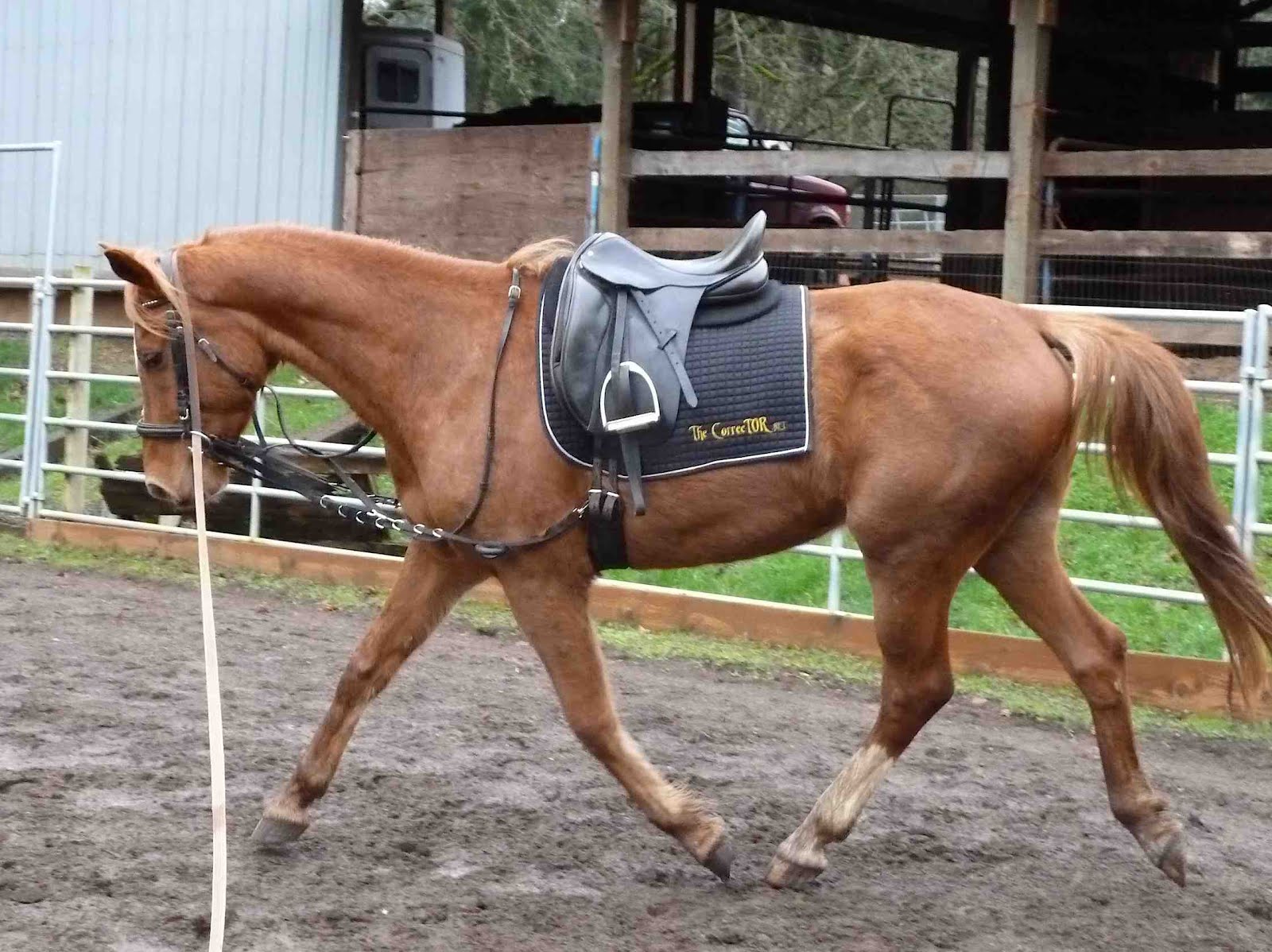
Unfortunately, his efforts are not entirely successful. I’m making the assumption that cording is more about fixing the horse than destroying it. I could be wrong, but that’s the impression I got. The horse’s tail is raised and slightly turned inward, but still in a relaxed position, which is good. The horse does not tail, there is a droop in the gait, the inner ear is directed to the cord, the look is soft, the cord is not taut. And while the side reins are a little in the way, they are not the reason why the horse does not achieve the desired result.
The horse takes a good step with the hind leg, the hoof almost reaches the level of the back pommel of the saddle. A longer stride and she will step under the rider’s center of gravity. This horse has a good long thigh and an excellent thigh to tibia ratio (they are almost the same length) so it has the potential to take deeper strides.
We can clearly see the line of the abdominal muscles, indicating that the horse is engaging the abdominal muscles. Her biggest hurdle is her lower back injury. On the lower back there is a depression with very tight, angular muscles. This should not be, and it is likely that if we could see this horse without a saddle, we would find that the entire topline is also stiff and pinched down to the withers.
Let’s go to the front of the horse. Here we can clearly see that it is connected and working. The problem is that everything is uneven. The muscle is very noticeable in the first third of the neck, and then begins to disappear until it disappears completely in the area near the shoulder. However, it should be the same along the entire length of the neck to the shoulder. The crest of the neck also shows uneven neck work – the back of the head is flat, then a slight rise, the top of which is above the throat, then again a flat area, and at the withers there is practically a notch. The lower part of the ridge also becomes thinner towards the bottom.
The horse’s throat is closed and his nose is behind the vertical, he avoids contact with the side reins. This is so, although they are quite free. This adds a problem in the lumbar region as the shoulder is blocked and the horse begins to take short steps forward. Essentially, this horse is compressed from the back and front. Contrary to popular belief, this is not a collection.
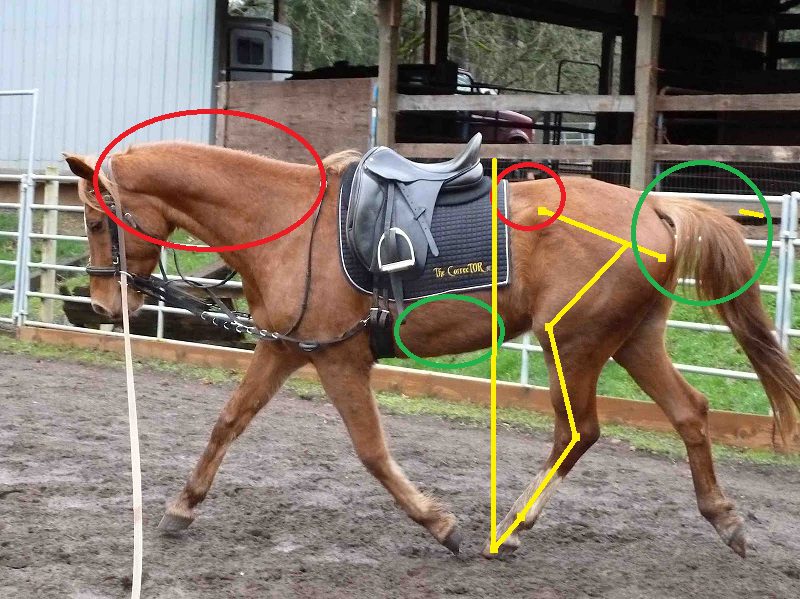
You can’t lock, pull, or hold a horse in a collection, and this horse is a clear example of that.
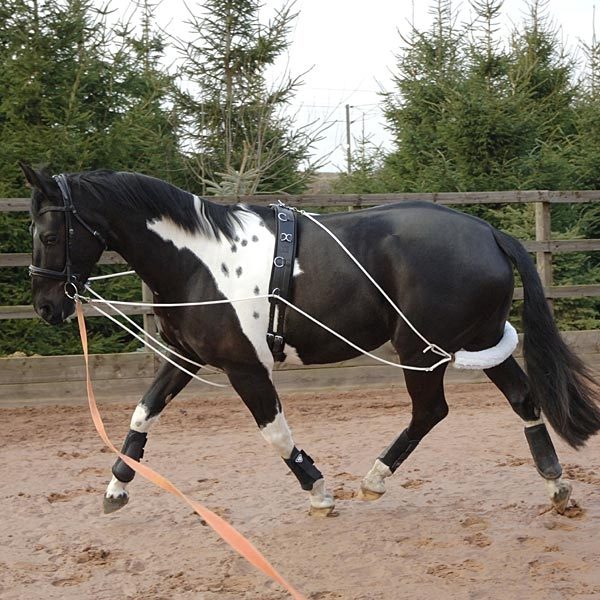
The horse in the photo above has a very good hindquarters. The large thigh is clearly longer than the lower leg, well developed loin. Strength and potential abound. It is not obvious why she is affected by all these “ropes”. If the horse’s hindquarters were weaker, he would suffer even more than now.
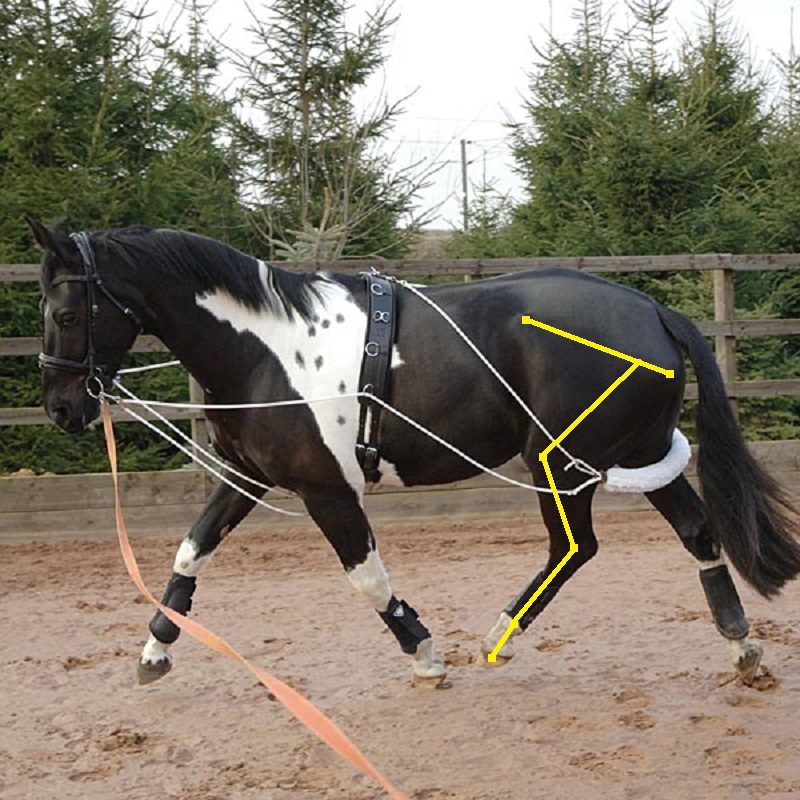
Everything is much easier to understand if you look at the front of the horse. Throat closed. (This is hard to see on a dark horse, but if you zoom in on the photo, we can see what people call a double chin – a wrinkle.) The crest of the neck is in the form of a wave, flat at the occiput, then rising and falling closer to the withers. There is no sign of the musculature that should be present when the horse steps deep under the body. There are also no signs that the abdominal muscles are contracting, the back and lower back are enslaved.
The last is the cord attached to the inside ring of the snaffle, the equivalent of riding under a rider who rides on the inside rein. This is not the best way to control, especially when driving in a circle.
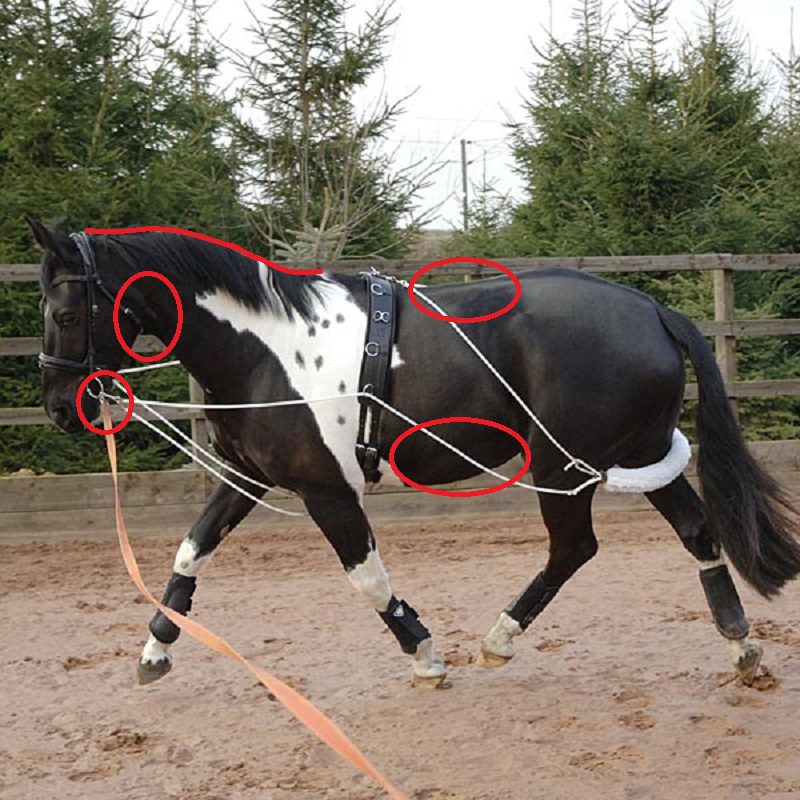
The pony (below) shows us the most connected (and correct) trot of all the horses pictured above. Therefore, it is he who stretches the most and improves his topline. The only pity is that this is not related to the work of cordova. This is the merit of the dog.
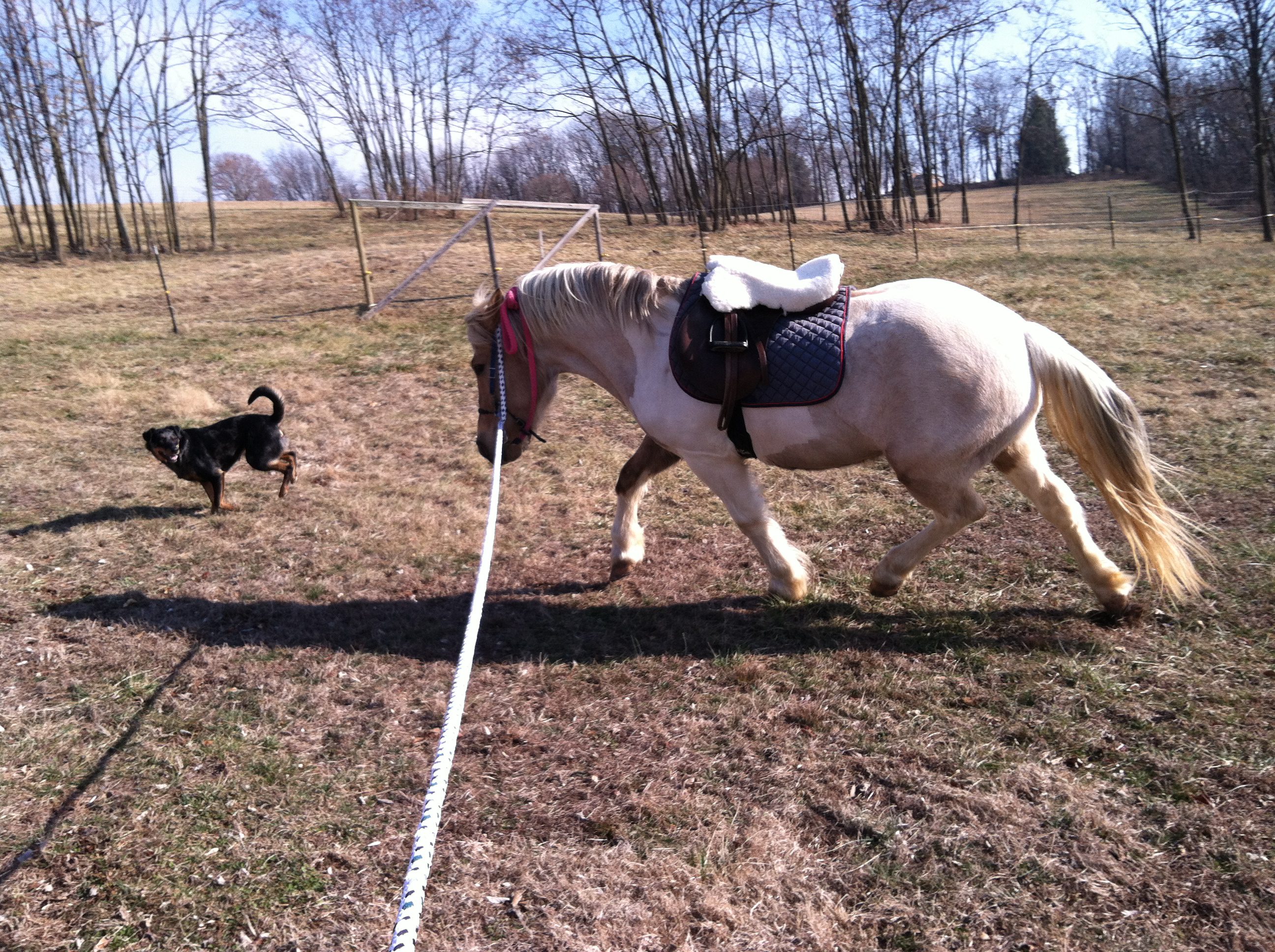
Very good mobility of the joints of the hind limbs. The pony bends its neck well and reaches for the snaffle. The nose is slightly forward of the vertical, the throat is open. The withers and back are raised. If you take a taller dog, then the pony will hold the neck and head even higher.
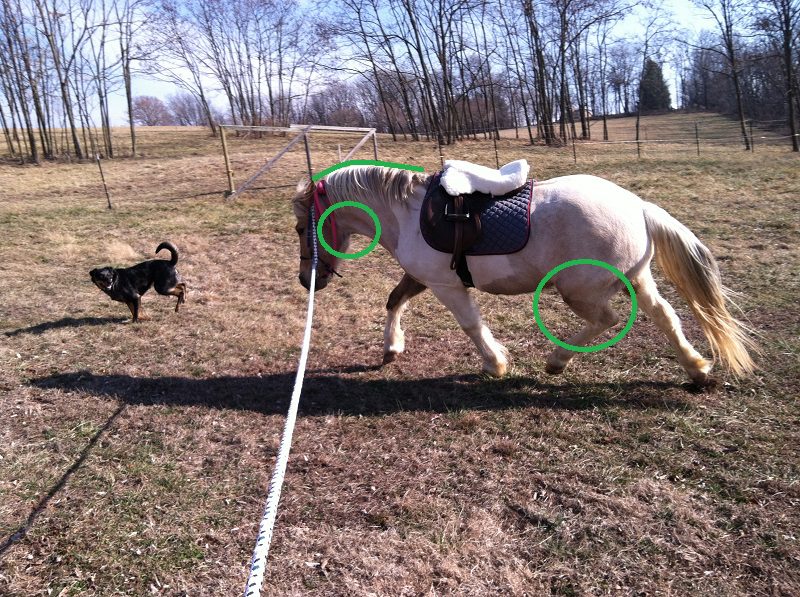
Too bad we can’t see the horse in the photo below without a blanket. It is not clear why this blanket is here. But, despite the fact that she hides everything, we can still get some information.
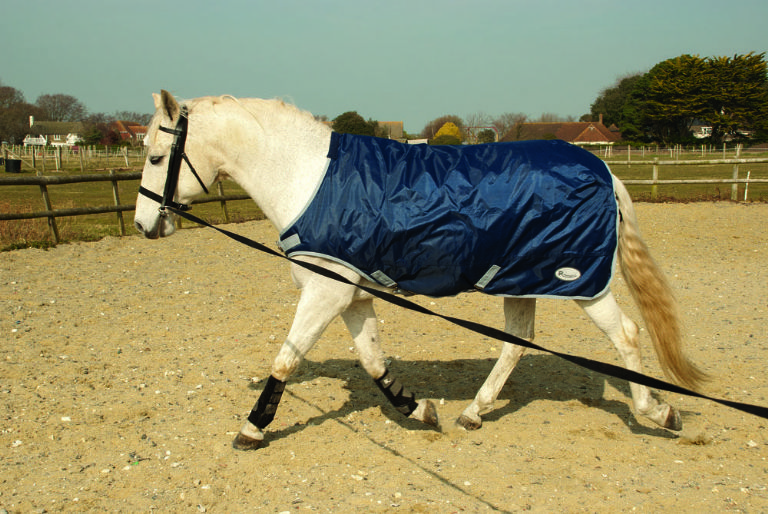
This horse simply runs, but takes wide strides with its hind legs. Does she have such a good structure? The blanket certainly limits the movement of the shoulders a little, but we see that the main culprit is the short humerus, which is barely 50% of the length of the shoulder blade.
The neck is poorly developed, even if it looks good from a conformation point of view. I circled the “bad” part of the neck, which simply should not be so. I suspect that the vertebrae are rubbing against each other in this place.
In terms of topline development: neutral. If your horse moves like this, then you have not done anything good for his topline, as well as bad.
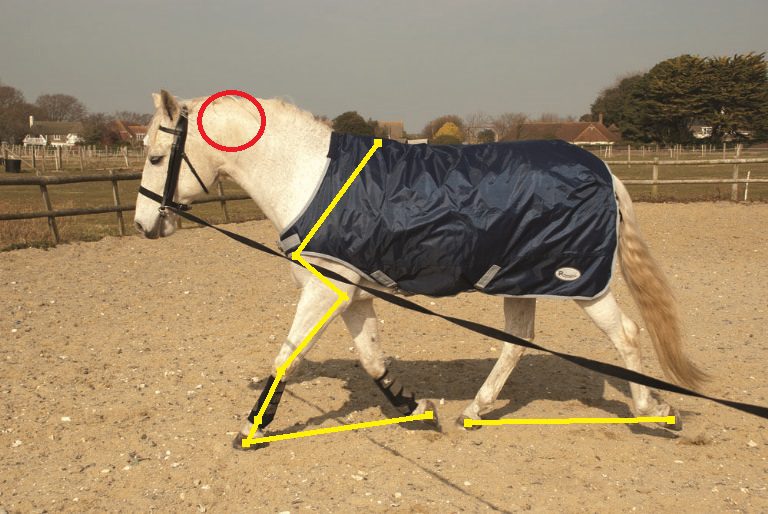
Transfer Valeria Smirnova (a source).
 roller coaster 18 May 2018 city
roller coaster 18 May 2018 cityambiguous article Answer



